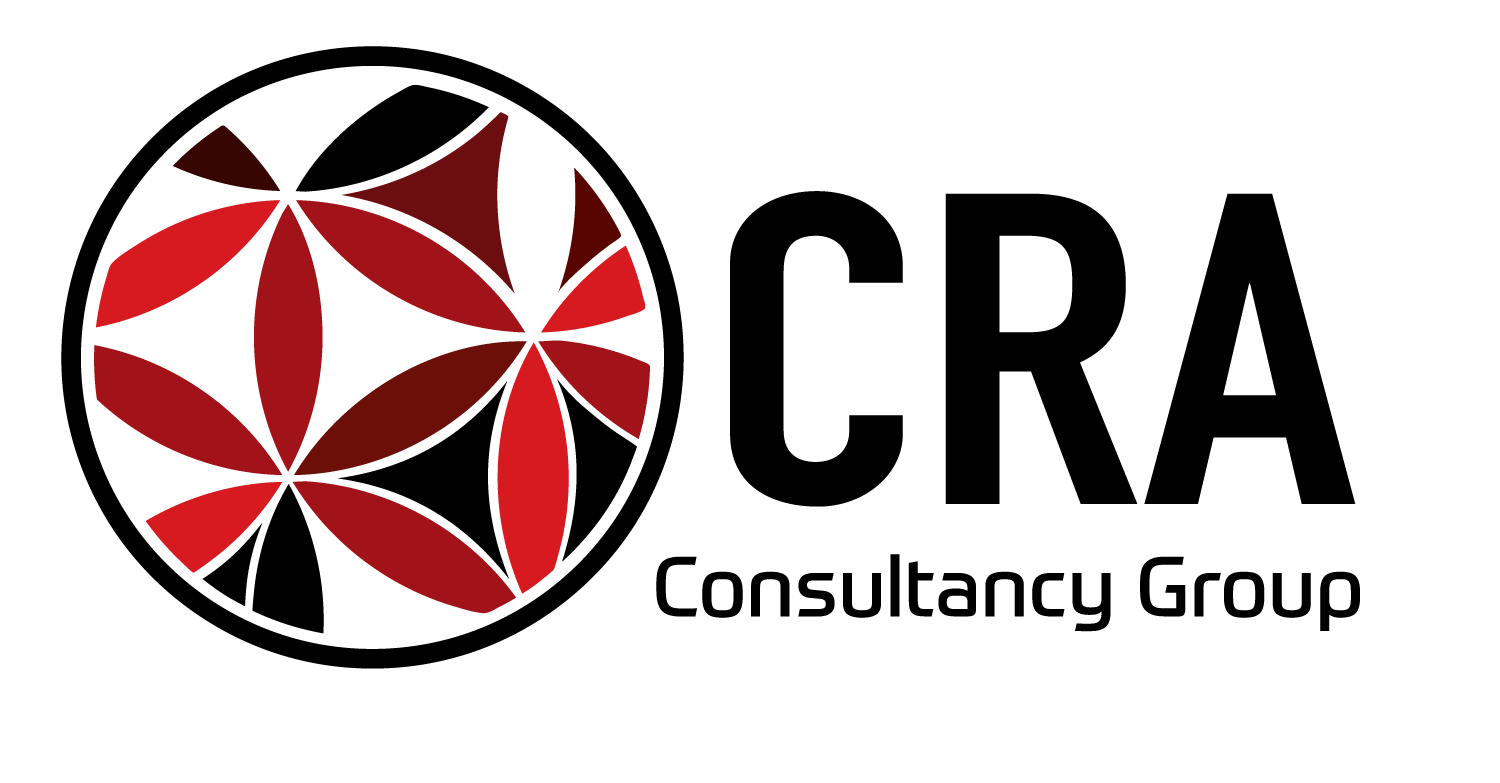There is an enormous demand for Chief Diversity Officers (CDOs) throughout most industries. This fact is apparent in the tens of thousands of LinkedIn job postings. Bloomberg reports that the number of people holding the title “head of diversity” has doubled since 2015. While there are numerous veterans in the field, many heads of diversity and inclusion are highly passionate and ambitious newcomers. Expectations are high and burnout is real.
Why do organizations seek a diverse company culture? Aside from more organizations taking a stance on social justice, there are clear business advantages to developing a diverse workforce and an inclusive work environment.
Statistics show that diverse organizations have a higher revenue growth compared to organizations with a less diverse workforce. Buildin.com tells us that diverse companies generate 2.3 times higher cash flow per employee, and diverse management increases revenue by 19 percent. Gender-diverse companies are more likely to exceed their industry median financial returns by 15 percent.
Diverse organizations also have easier access to talent. We know that more than half of employees are seeking diverse workplaces. Organizations that practice inclusion are more likely to attract a diverse workforce. And more often than not, that workforce has a greater readiness to innovate. Greatplacetowork.com tells us that the employee retention rate is 5.4 times higher than in organizations that are less diverse.
CDOs face many challenges. With inequities in the cultural hot seat and many brands taking a stance on diversity and inclusion, organizations are searching for CDO talent to spearhead positive change. But the role has long been marked by high turnover. Many in the CDO position departed over a lack of resources, unrealistic expectations, and inadequate C-suite support, according to the Wall Street Journal.
The challenge of equity, diversity, and inclusion in organizations is almost as systemic as it is in society. CODs are often asked to police internal and external communications while navigating sensitive nuances. They battle limited resources due to a lack of buy-in. Their hands are often tied to hold others accountable without best practices.
Here are some of the challenges organizations face when it comes to changing a company’s culture:
Viable strategy. Many organizations are approaching diversity from a human resources perspective. For a lasting change, it is essential to approach this challenge strategically. Instead of implementing workshops that often do not achieve the desired success, organizations need to consider a strategic approach that offers both organic and intentional direction to change their company culture.
Resources and tools. Managing from the top-down has been unsuccessful in lasting company culture changes. There are already proven methodologies that can be implemented throughout the organization to achieve these changes. Committing resources is just the starting point. Implementing tools throughout the organization that foster inclusion and diversity are not a nice-to-have but a must-have.
Authenticity. It is important for an organization to post the question of what it is trying to accomplish. Authenticity which is an important value in a world that is distrusting cannot be achieved through a marketing ploy. Employees, customers, and clients will immediately question the organization’s commitment to the process and the time it will take to accomplish the change.
Lack of buy-in by the c-suite. While available resources are the foundation of tackling the challenge, the personal commitment to the process by the organization’s executive cannot be underestimated. Lasting change to changing company culture is a value that needs to be lived every day. In the case of inclusion and diversity, an organization’s leadership will need to be called upon to live what they preach.
Here are the solutions that can move the needle on lasting change in company culture:
We believe that an organic, holistic approach from both the top and the bottom up is a more effective path to achieving inclusion, diversity, and equity in organizations. There is also no need to reinvent the wheel. Proven methodologies already exist and can be implemented immediately and above all, organically.
These methodologies create opportunities through individualization and strength. They maximize human potential through high-functioning team dynamics. These practices foster organically developing conversations through new business tools and technology. They support a positive and lasting change to achieve common goals.
Solution-based methodologies include but are not limited to social listening, strength-based training, high functioning team dynamics, cross-functional collaboration. A strategic plan offers objectives, goals, and actionable items. An inclusion SWOT is a given.
External and internal insights and sentiment. Social listening, social media insights, and sentiments inform strategy. Listening gives valuable insights into customer expectations on company culture. It supports authenticity branding while navigating public sentiment. Internal sentiment assessment is a must. Analytics will gauge what is working and what is not.
Strength-based teams and leadership form a strong basis. It informs hiring for diversity, inclusion, and equity. The strengths-based coaching approach helps teams and individuals work at their best potential. It fosters respect for individuality.
High functioning team dynamics foster the understanding of others and yourself under pressure. It facilitates human connection to overcome hurdles as a team. Mentoring leaders within a diverse workforce produces equity. These methods work for both remote or hybrid teams.
Systems and processes are tools to build a more equitable dynamic. A stack assessment is a must and assesses communication tools and a path to adopt the technology. A technologically-driven onboarding process drives equity.
A key tool is cross-functional collaboration. This form of project and program management equals inclusion operations. It focuses on strength-based employee roles development. It offers team and time optimization. Understanding everyone’s roles and collaboration on projects foster respect amongst team members. It not only focuses on internal operations but also supports diverse vendor selection.
At CRA Consultancy Group, we deploy highly experienced teams made up of inclusion experts, team building experts, cross-functional collaboration, strength-based culture, and social insight expertise. Contact our Co-CEO Debra Roak today at [email protected].


Recent Comments